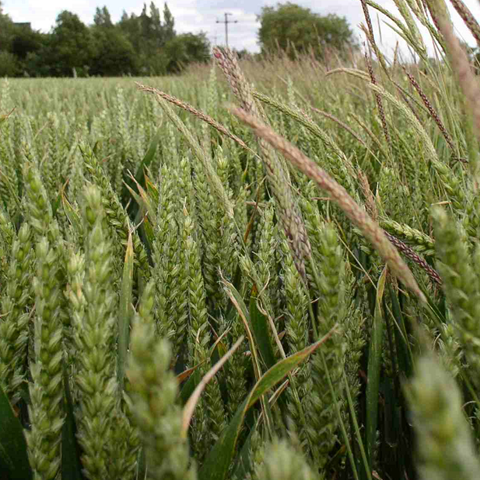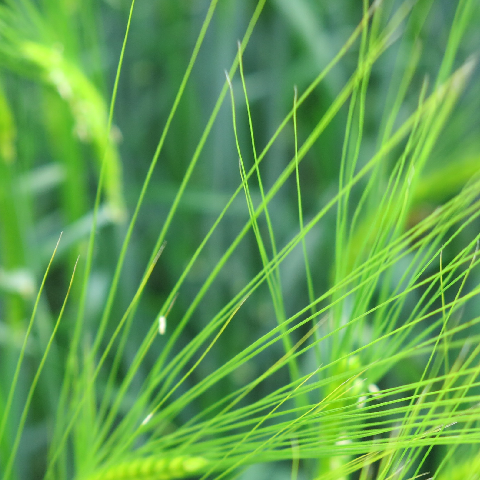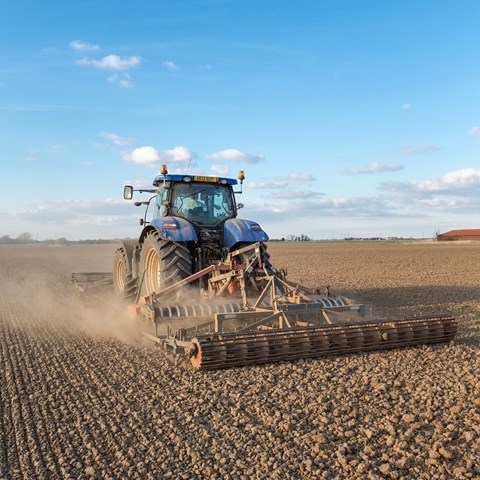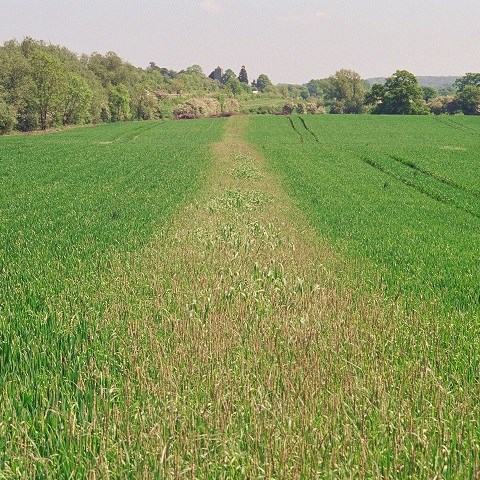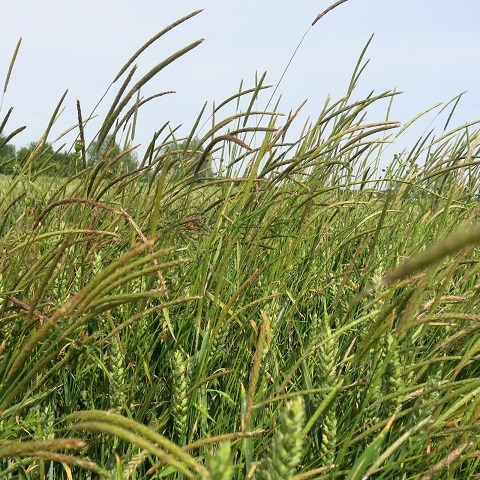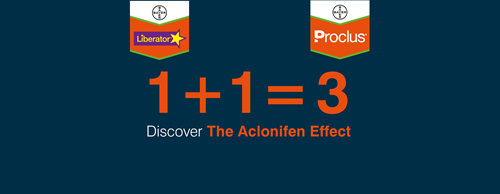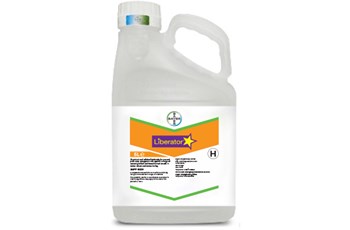Chemical controls can be broadly split into four groups: pre-emergence and post-emergence herbicides, non-selective control across whole fields (i.e. pre-drilling glyphosate), and patch spraying.
In-depth advice
1. Pre-emergence
Residual herbicides such as Liberator (flufenacet + diflufenican) remain the backbone of chemical black grass control and, when paired with a solid programme of cultural controls, can prevent black grass from stealing yield.
Pre-emergence herbicides are applied immediately after drilling and taken in by the weeds through the roots and shoots.
Root acting herbicides like flufenacet need to travel through the soil to reach the roots. For this they need reasonable levels of soil moisture at the time of application.
Shoot acting herbicides like Proclus form a layer on the soil surface. Weeds absorb the herbicide as the weeds pass through the treated layer.
Pre-emergence and top ups
A two-spray programme of autumn residual herbicides is increasingly common. Typically, the first application is made at the true pre-em. timing within 48 hours of drilling. This is followed up 1–4 weeks later with a second application, ideally using different chemistry to the first application.
Post-emergence
Post-emergence herbicides are a vital part of integrated black grass control programmes, especially where pre-em control has been compromised (e.g. due to weather) or weed emergence is protracted.
Contact post-emergence herbicides like Atlantis OD and Atlantis Star work by being absorbed through weed leaves.
Ideally, growers should apply a post-emergence spray while black grass is still small and easier to control.
3. Non-selective (whole fields)
Non-selective herbicides, principally glyphosate, have been a cornerstone of black grass control for many years.
Targeted use of Roundup can significantly reduce the pressure on other in-crop chemistry, minimise the need for intensive cultivations and achieve big reductions in weed populations.
Spraying off weed flushes before autumn or spring drilling means less black grass emerges within the crop, which would otherwise need controlling with pre- or post-emergence products.
However, over-reliance on glyphosate must be avoided and best practice followed to protect the efficacy of this important tool.
4. Patch spraying
Where black-grass has emerged late or survived other chemical and cultural controls, the option of last resort where hand rogueing is not feasible may be to spray-off affected areas of crop with a non-selective herbicide, such as Roundup.
Doing so before black-grass sets seed in late June into July is essential to prevent potentially high levels of seed return in following crops.
Mapping black-grass helps identify areas requiring patch spraying and best practice guidelines must be followed when using glyphosate in this way.
